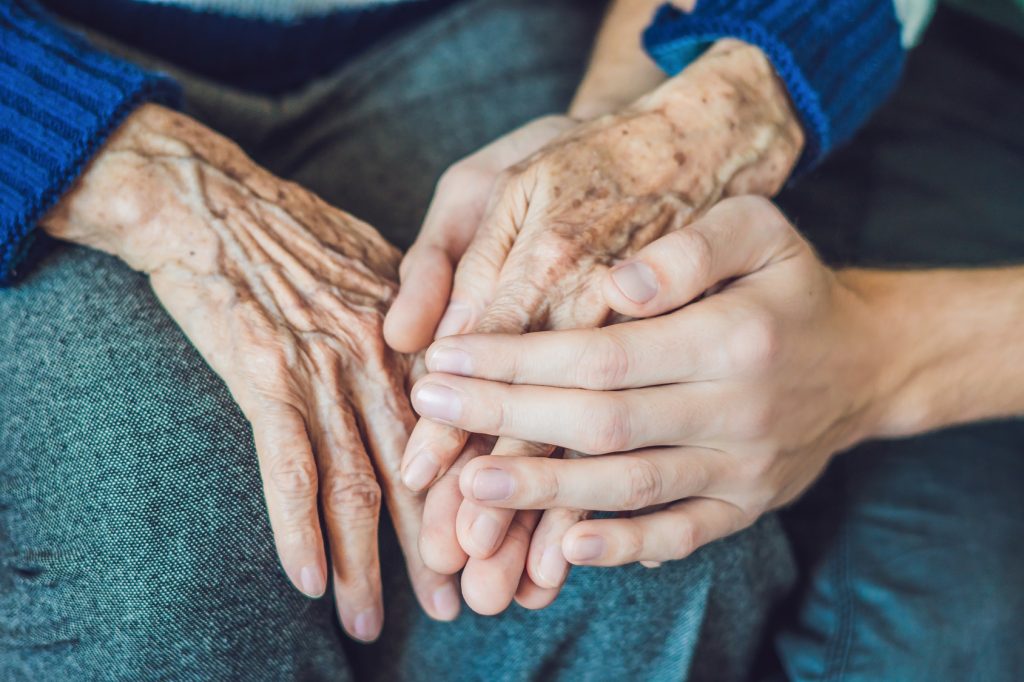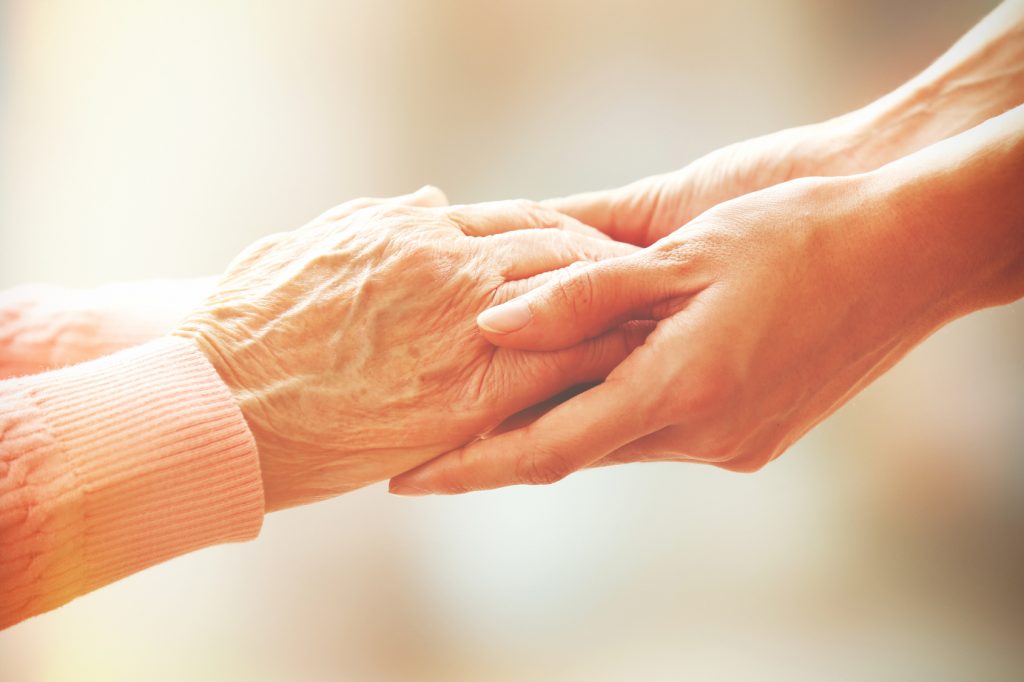palliative care
TagNever Say ‘Die’: Why So Many Doctors Won’t Break Bad News
The majority of patients with serious illness receive news in what researchers call a “suboptimal way.” Could training physicians to deliver bad news help?
Certified PAs Enhance Hospice and Palliative Care
With the number of Certified PAs growing 44% in just six short years, this workforce can help meet the demand for medical providers in the area of palliative care.
Kim’s Blog: Bringing Hope and Meaning to the End of Life
Last week, I geared up for a tremendously difficult patient—one that was facing the last vestiges of life, fraught with battling metastatic cancer.
Hospice or Palliative Care?
NPs can guide patients to optimize care and support at the end of life.



